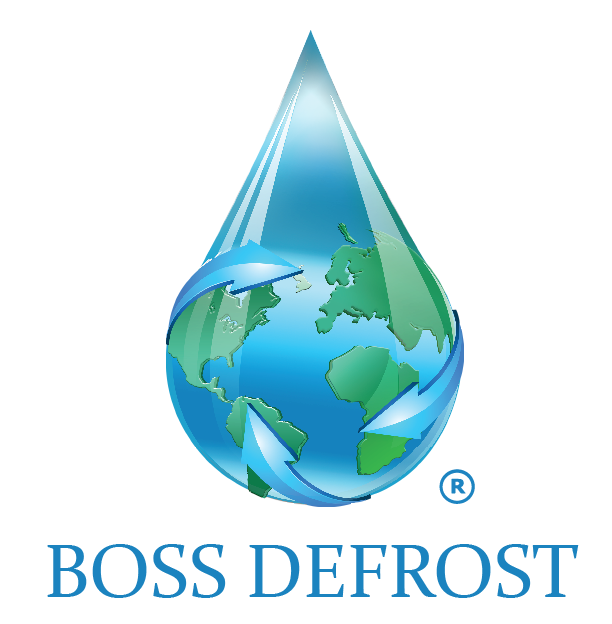Proven Ways Restaurants Can Save Money
For Sonia Stucko, owner and manager of Stucko’s Bar & Grill in Marquette, Michigan, shifting her business of almost 14 years into takeout-only as a reaction to pandemic restrictions was a huge, unforeseen shock. Weeks later, she would receive another jolt: a water bill of almost $1,000. It was a huge blow at an already precarious time, especially since Stucko’s was serving takeout food and using fewer dishes and glassware. What happened?
“I am convinced it was from cooks letting water run to thaw fish with a full stream and forgetting about it,” says Stucko. “At one point, it overflowed and flooded the floor.”
To increase the shelf life of foods, restaurants are turning toward frozen foods to keep their food costs as low as possible. The more frozen food used in restaurants, the more cooks are increasingly thawing meat and seafood with the cold water running method, a wasteful industry practice many are unfamiliar with. This current industry standard, on average, takes 125 gallons of water per hour to thaw a pound of food. That’s 125 gallons an hour down the drain – clean, drinkable water. Not only is it a waste of one of our most precious resources, it’s expensive.
Instead of continue this wasteful practice, restaurants now have an alternative: Boss Defrost. An NSF-certified appliance, Boss Defrost moves the needle from 125 gallons per hour to 4 gallons for the entire thawing task. The water conservation – and financial gain – is tremendous. According to a recent study from Bluefield Research, water bills have surged 31% since 2012, outpacing inflation. With restaurants recovering from a catastrophic pause in business over the last 10 weeks, the need to operate efficiently is now more important than ever.
“[We are] still busy enough to where [Boss Defrost] will be an instant money saver,” says Stucko, “I can’t believe it wasn’t invented 50 years ago.” Stucko’s is surviving the pandemic by using new technologies to keep their restaurant financially stable and engaging in practices that are better for their community and the earth, a combination that benefits restaurants today and in the weeks, months and years to come.
